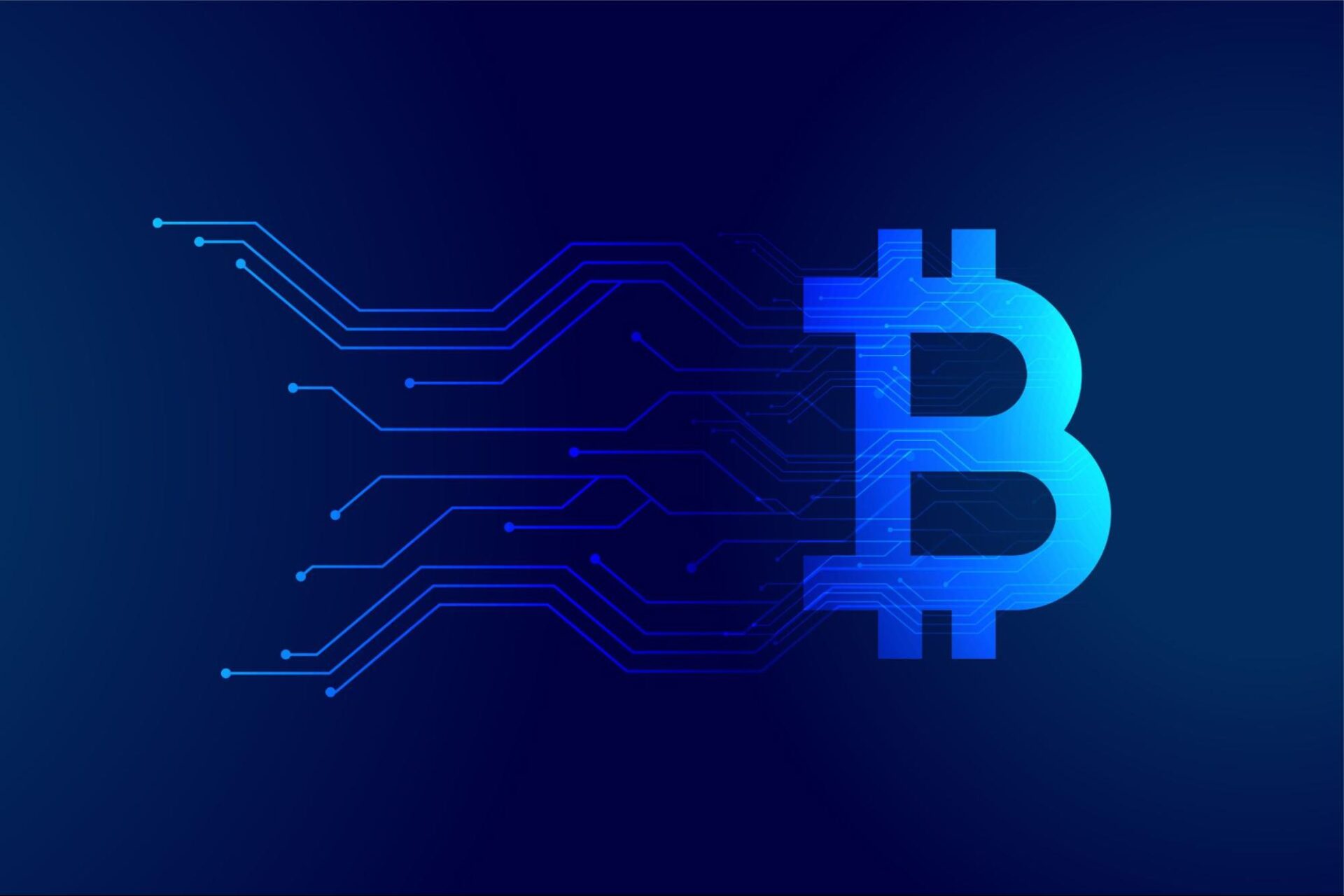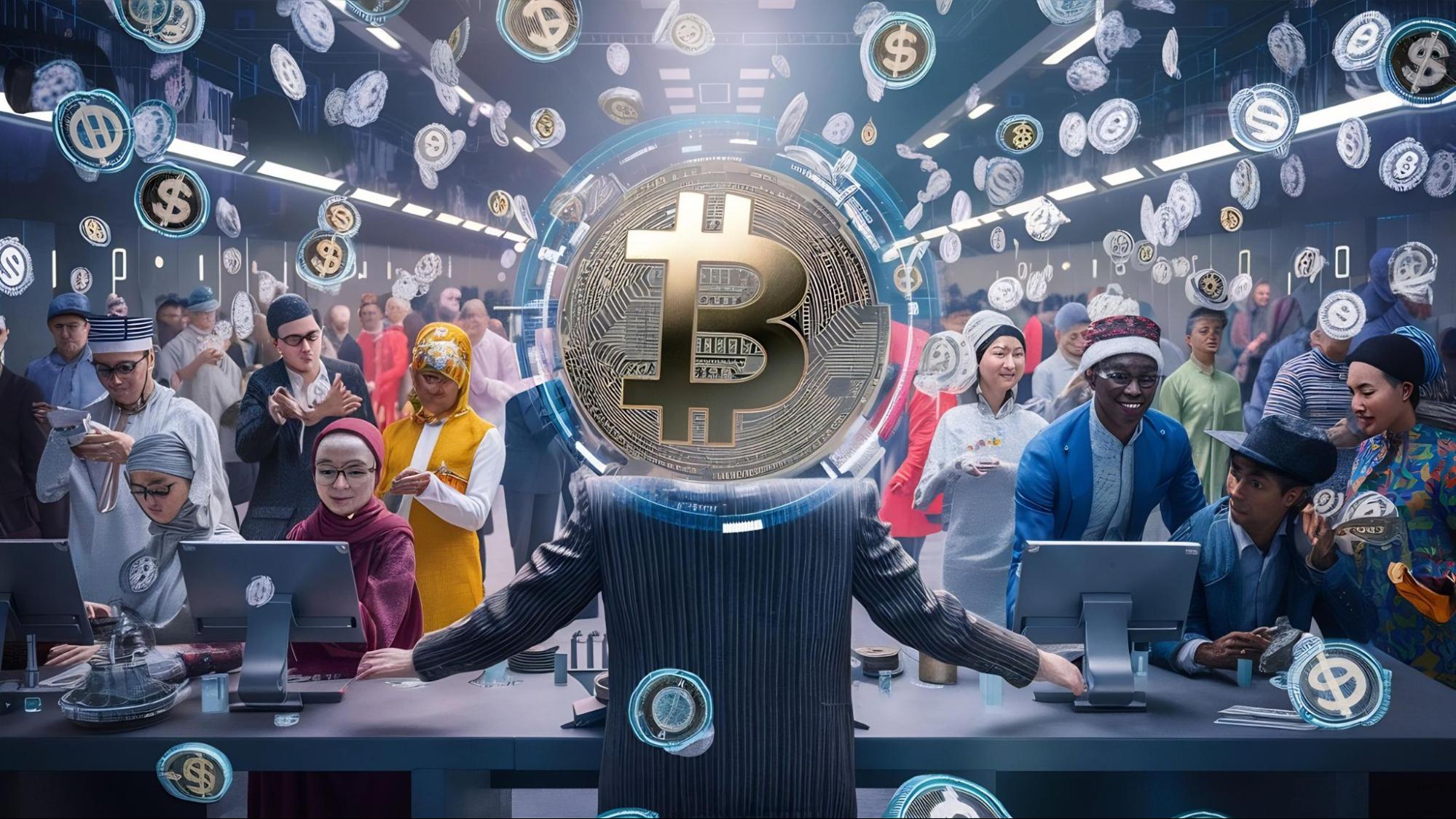It just hit me last night while reading the intro to The Bitcoin Standard.
The value of the block rewards must on average exceed the cost of the electricity used to mine the blocks, with the difficulty adjustments keeping the cost and reward value near equilibrium as it fluctuates (With miners entering and exiting the pool).
When the block reward gets cut in half every 4 years, the value of the block reward (and thus the entire network) must at least double every 4 years to match or exceed the previous real world value before the halvening. Maintaining the value covering the cost of the electricity used to mine.
If you go to this website and compare literally any 2 dates exactly 4 years apart, the price will have grown more than 100%. Every single time. 4 years apart to the day.
https://www.in2013dollars.com/bitcoin-price
In essence, while the amount of BTC issued in the block reward gets cut in half every 4 years, the overall value over those 4 years must return to what it was, doubling the value of BTC like clockwork.
Also, some interesting math.
Future value ≥ Present Value + Time (4 years)
Future value -Time ≥ Present Value
-Time ≥ Present Value -Future Value
Time ≤ Future Value -Present Value. (Corrected inequality)
BTC is giving a direct monetary value to TIME ITSELF, converting time into money. This is deflationary. The value of the time is added to the network, and that value is no less than the difference between the present value and the future value it will be in 4 years. Which at least doubles, like clockwork, due the the havening. Brilliant.
[link] [comments]

You can get bonuses upto $100 FREE BONUS when you:
💰 Install these recommended apps:
💲 SocialGood - 100% Crypto Back on Everyday Shopping
💲 xPortal - The DeFi For The Next Billion
💲 CryptoTab Browser - Lightweight, fast, and ready to mine!
💰 Register on these recommended exchanges:
🟡 Binance🟡 Bitfinex🟡 Bitmart🟡 Bittrex🟡 Bitget
🟡 CoinEx🟡 Crypto.com🟡 Gate.io🟡 Huobi🟡 Kucoin.




















Comments